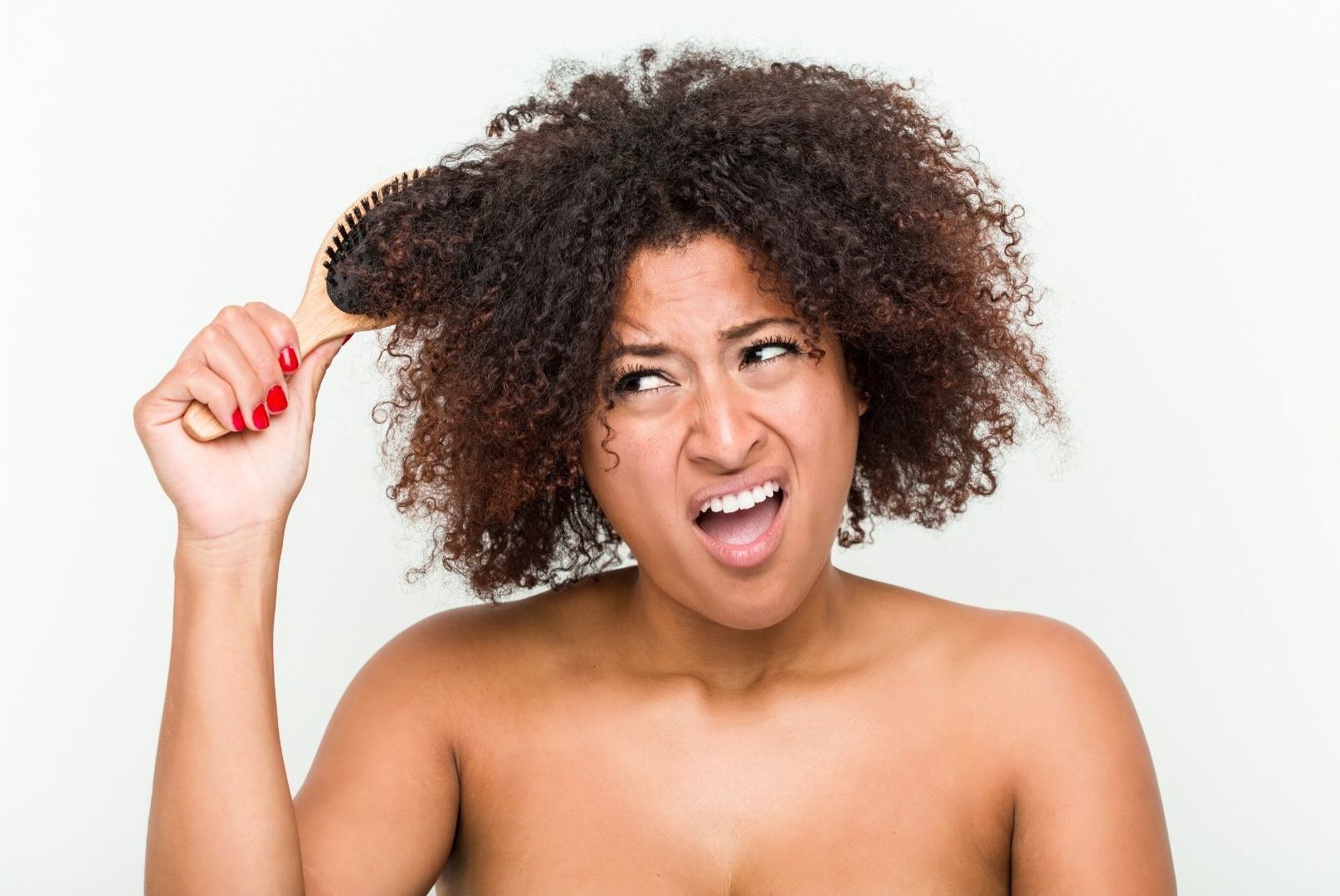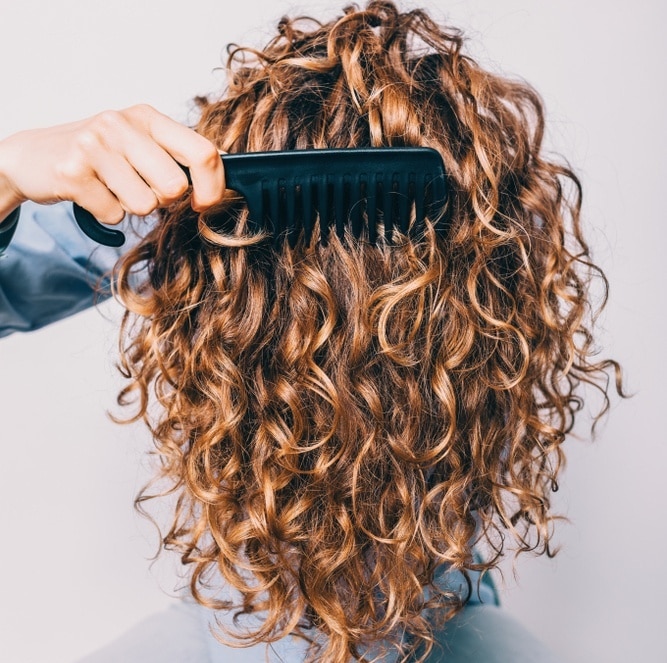Hacks & Inspiration
from Hair Experts at Unilever
Detangling Natural Hair At Home: Here’s How
Kendra | April 17, 2020
The do’s and don’ts when detangling natural hair
Hands up – who loves detangling natural hair? If your hand isn’t up, we understand: detangling natural hair is not easy. Any naturalista will tell you it’s a time-consuming process they struggle with. However, it’s a crucial part of natural haircare, and if it’s done the right way, it can make the process much quicker.
So, in order to make it easier for naturalistas and those still transitioning, we’ve created a fail-safe guide that will school you in the art of detangling natural hair safely (ain’t nobody got time for breakage, honey!). So here are the dos and don’ts of detangling hair that every natural hair queen should live by.
Do pick whether you detangle natural hair while damp or dry
When it comes to detangling natural hair, there are many discussions regarding what state your hair should be in when detangling. Some prefer doing it on wet or damp hair, while others prefer it dry.
Generally, since dry hair is stronger than wet hair, this method won’t cause as much as trauma to your curly hair. The key here is to ensure that your fingers are coated with something to lubricate the hair as you detangle.
But if you do prefer to do it while singing in the shower, we caution against it. Hair is weaker while it’s wet, so there’s a greater chance of causing damaging without even knowing it. Rather, we advise you to detangle your natural hair while it is damp. You want your hair to be damp enough to make it malleable, but not so wet that it’s soaking. You also need to make sure to use the right products to support your efforts and meet your delicate strands halfway.
Don’t detangle without a detangling product
A good detangler is one that gives your hair “slip”. This is when it is easy to slide a brush or your fingers through your hair, with no friction or resistance by the hair. Regardless of what state your natural mane is in when you start detangling, it’s important to apply a slippery, conditioning product to make your coils easier to work with.
To loosen a few tangles, we recommend a hydrating mist, like the TRESemmé Botanic Nourish & Replenish Rich Oil Mist. This product works well with damp hair and if you’re going down the dry detangling route. Just be sure to spritz your strands with it throughout the detangling process.
The TRESemmé Keratin Smooth Shine Oil is another great product to use when detangling natural hair while it’s dry. This is an excellent choice to not only help you detangle safely, it will also nourish your hair and give it a beautiful shine.
Prefer detangling natural hair while it’s damp? Then you’ll know that great hair starts before you even get to the shower. To make your detangling session a dream, you’ll need to pick out a detangling butter. Our absolute fave? The TRESemmé Botanic Detangling Butter. This product is great for any hair texture and will help you detangle easier and quicker, with little to no damage.
Do ensure you are using the right tools
Tools play a huge part in detangling natural hair, so it’s important to choose the right ones. What tools can you use, you ask? Well, your fingers, a nylon bristle brush or a wide-tooth comb is all you really need. To give you an idea of how each tool works, check out the benefits we’ve outlined, below.
Fingers:
Although they are aren’t technically a tool, your fingers are effective in untangling knots in ways that other tools can’t. Gently pulling apart the tangled strands will work to avoid damage, rather than simply combing through the knot over and over again. This is particularly useful (and recommended) when dry detangling.
Nylon bristle brush:
A nylon bristle brush (with a rubber base) helps minimise static and allow safe and gentle brushing. This tool is great for detangling natural hair while it is damp.
Wide-tooth comb:
A sturdy wide-tooth comb is both the best and least time-consuming for loosening stubborn knots, as well as your best defence against them in the first place. This tool works well on both damp and dry hair.
Don’t start at the roots
Now you’ve applied product and picked the tool that’ll #slay your coils, it’s time to get into the fun part: the detangling method. One thing you definitely don’t want to do, is begin detangling natural hair at the root. This will cause the tangles to clump and worsen. This, in turn, causes tension on the root and damage to the lengths of the hair.
Rather start by dividing your hair into 4 or 6 equal sections, depending on the length and thickness of your hair. After you’ve done that, start slowly detangling from the ends of your hair, before pulling your tool all the way through your hair. Do this section by section, until all the hair is fully tangle-free. Then you should be able to brush from root to tip smoothly.
Doing it this way will limit the amount of tension you put on your mane and is the best way to avoid pain and breakage.
Do have patience
The key to detangling natural hair? Patience! If you are in a rush you will end up missing strands. So pick one or two days a week to dedicate to your hair and take it slow and easy.
To maintain your tangle-free strands, avoid touching your coils and make sure to sleep on top of a silk or satin pillowcase or with your hair in a satin bonnet.
Products You Might Also Like
Our Tips & Advice
- slide 1
- slide 2
- slide 3
- slide 4
- slide 5
- slide 6
- slide 7
- slide 8
- slide 9
- slide 10
























